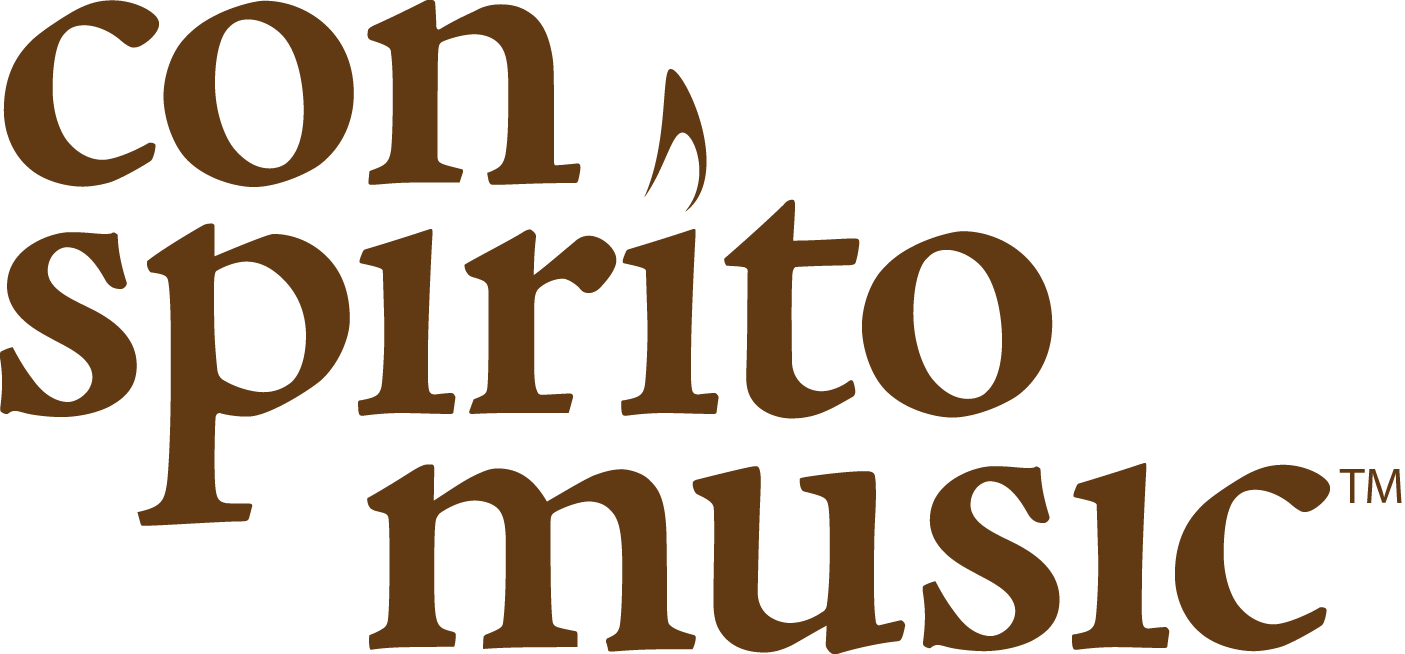Two Offertories, Op. 65, were written for two treble voices and organ accompaniment by the great French composer, organist, and teacher Gabriel Faure (1845-1924).
“Ave verum Corpus” (“Hail, true Body”) is a short Eucharistic hymn that dates from the 14th century with words attributed to Pope Innocent VI. During the Middle Ages it was sung at the elevation of the host during the consecration. It is also used during Benediction of the Blessed Sacrament, and is a meditation on the belief in Jesus’ Real Presence in the sacrament of the Eucharist. Its text, translated from Latin to English, says:
“Hail, true Body, born of the Virgin Mary, who having truly suffered, was sacrificed on the cross for mankind, whose pierced side flowed with water and blood: May it be for us a foretaste [of the Heavenly banquet] in the trial of death.”
“Tantum ergo Sacramentum” (“Therefore, we before Him bending, this great Sacrament revere”) is the incipit of the last two verses of Pange Lingua, a Latin hymn written by St. Thomas Aquinas (1225-1274). It is often sung during the service of Benediction of the Blessed Sacrament.
Faure’s offertories are here arranged for brass sextet (No. 1) and brass quintet (No. 2), and they are fitting for use not only at the offertory and during Communion, but as preludes to worship as well.
Scores, parts (Bb tpt. 1, Bb tpt. 2, F horn, tbn., euph./tbn. 2, tuba) — $17.99
